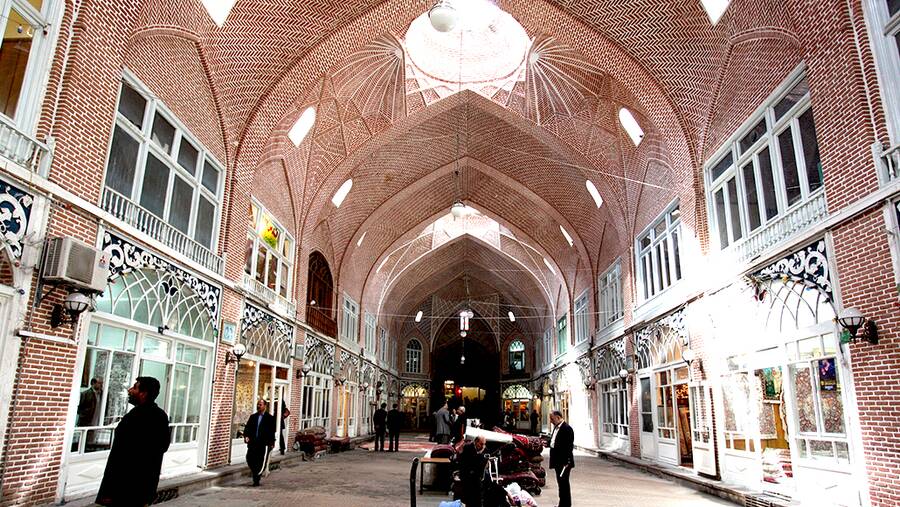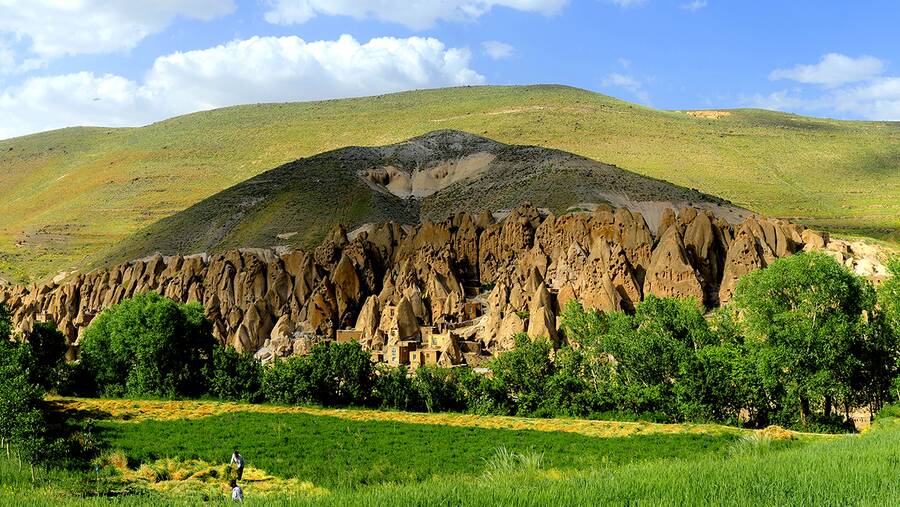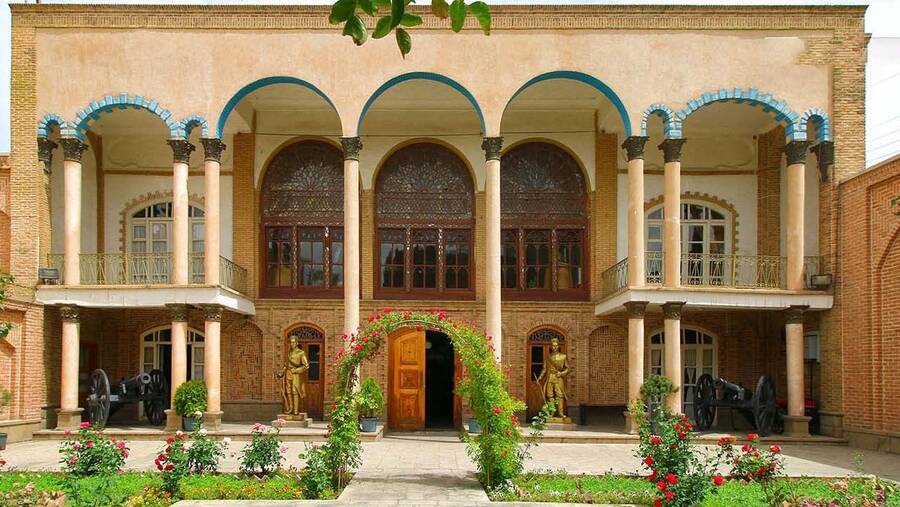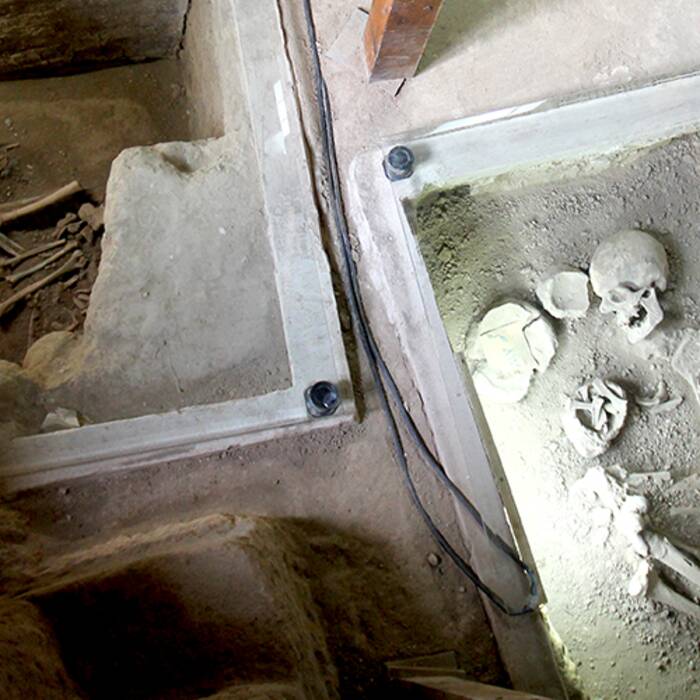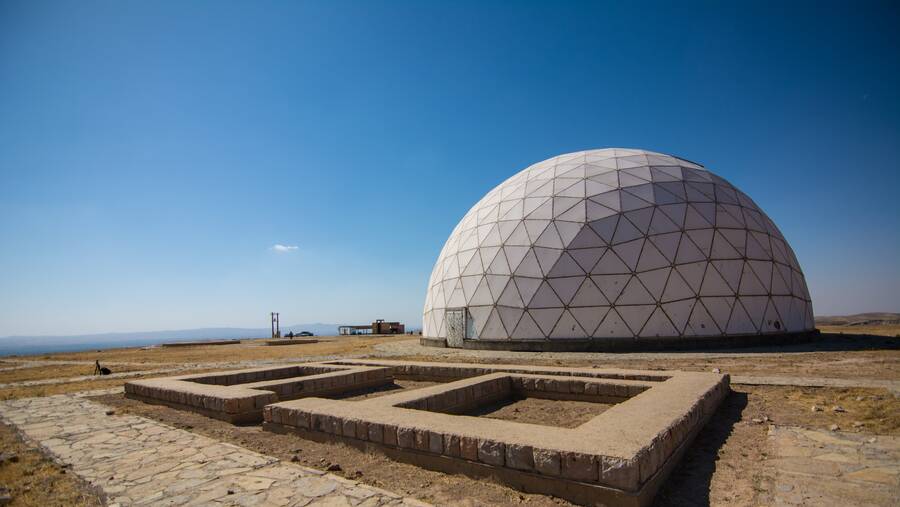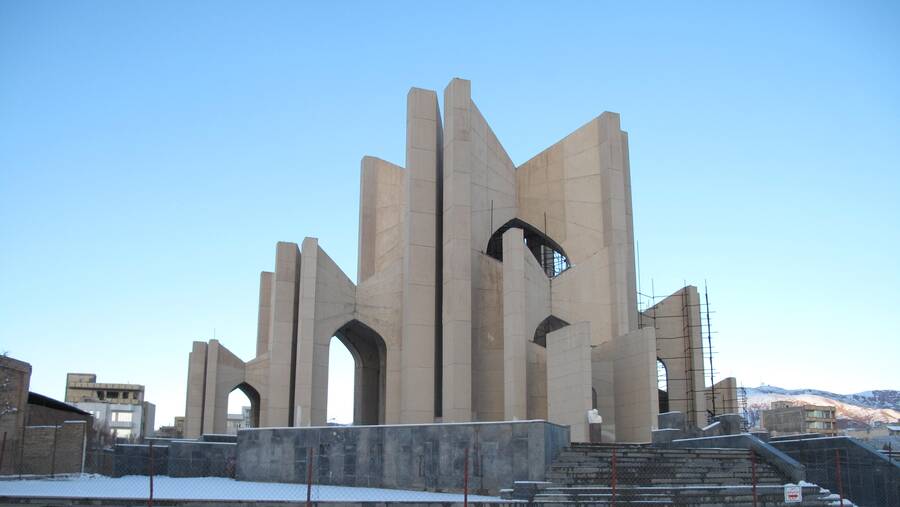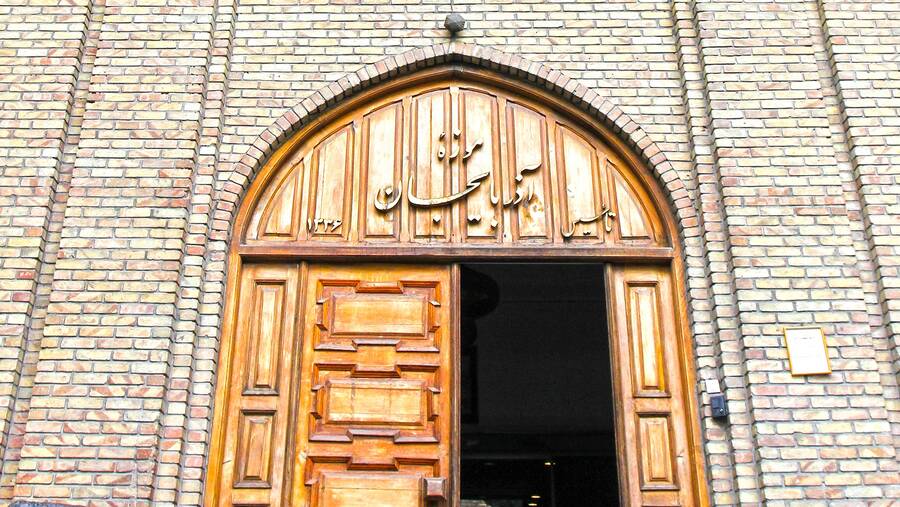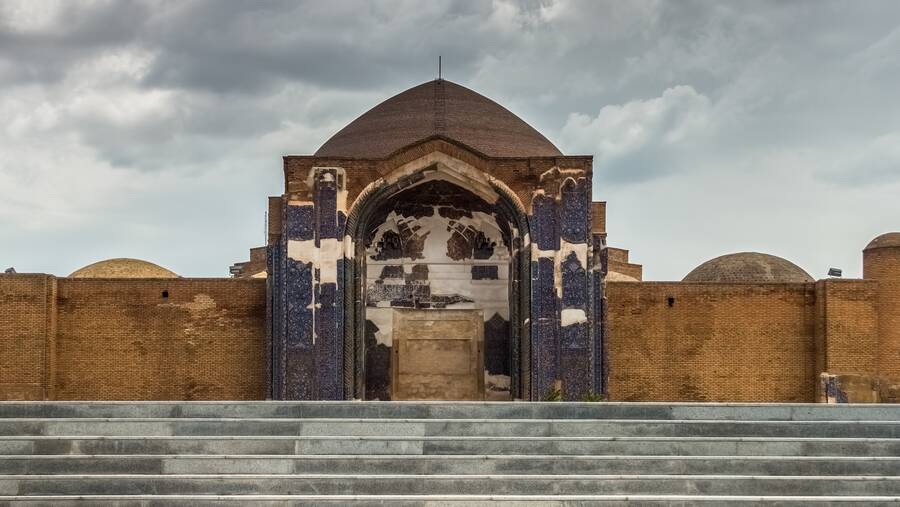Bonab city is located 120 kilometers southeast of the East Azerbaijan province. The city is spreading by the river of Sufi Chay and on the southern hillside of Sahand Mountain. The background of the historical monuments backs to the prehistory and the fifth millennium BC. Due to the abundance of the Safavid monument in the era, the city has been economically prospered. What makes Bonab famous is a very delicious Kebab which has been registered in the list of the intangible Cultural Heritage in Iran, along with the traditional knife making. Among other important handicrafts, we can mention to copper-smithing, carpet weaving, kilim weaving, Jajim weaving, traditional weavings, knife making and lock and key making, under-glass painting and making glass artworks, handmade leather products, engraving and wood carving.
Historical-cultural and tourism attractions: Sour Village Rock Architecture, Tutah Khaneh village, Square Mosque (Gazavasht), Mehr Abad Mosque, Ismail Beig Mosque, Qara Tepe, Zargaran Mosque, Sipgan, the ancient hill of Qara Julak, Zavaraq village’s cemetery, Sijan Tepeh, Zardashr Grand Mosque, Qizlar Gale Si, Zavaraq Grand Mosque, Armani Tepe Si, Haj Fathollah Bathhouse, Safavi House (the historical house of Seif al-Olama), Ethnography Museum (Mehrabad Bathhouse), Kabud Mosque and Bonab Dovecotes (Amir Farhangi and Dadkhan).
Natural Attractions: Sour Village Rock Architecture, Panj Cheshmeh Spring, Qara Qeshlaq Lagoon, Quyunlar Cave, Chakhmakhlar Cave.
Top Tourism Area: Qara Qoshun, Doush Dam margins.
The villages which are the tourism destination: Tutah Khaneh, Sur.
Garden Products: Walnut, Diamond, a variety of tree fruits, summer crops
Handicrafts and souvenirs: a variety of carpets and kilims, coppersmith products, wood carving, marquetry, copper etching, traditional weavings and knife making, dry goods such as raisins of Doushab and the white Halva (Aq Halva) and traditional herbal essences.
